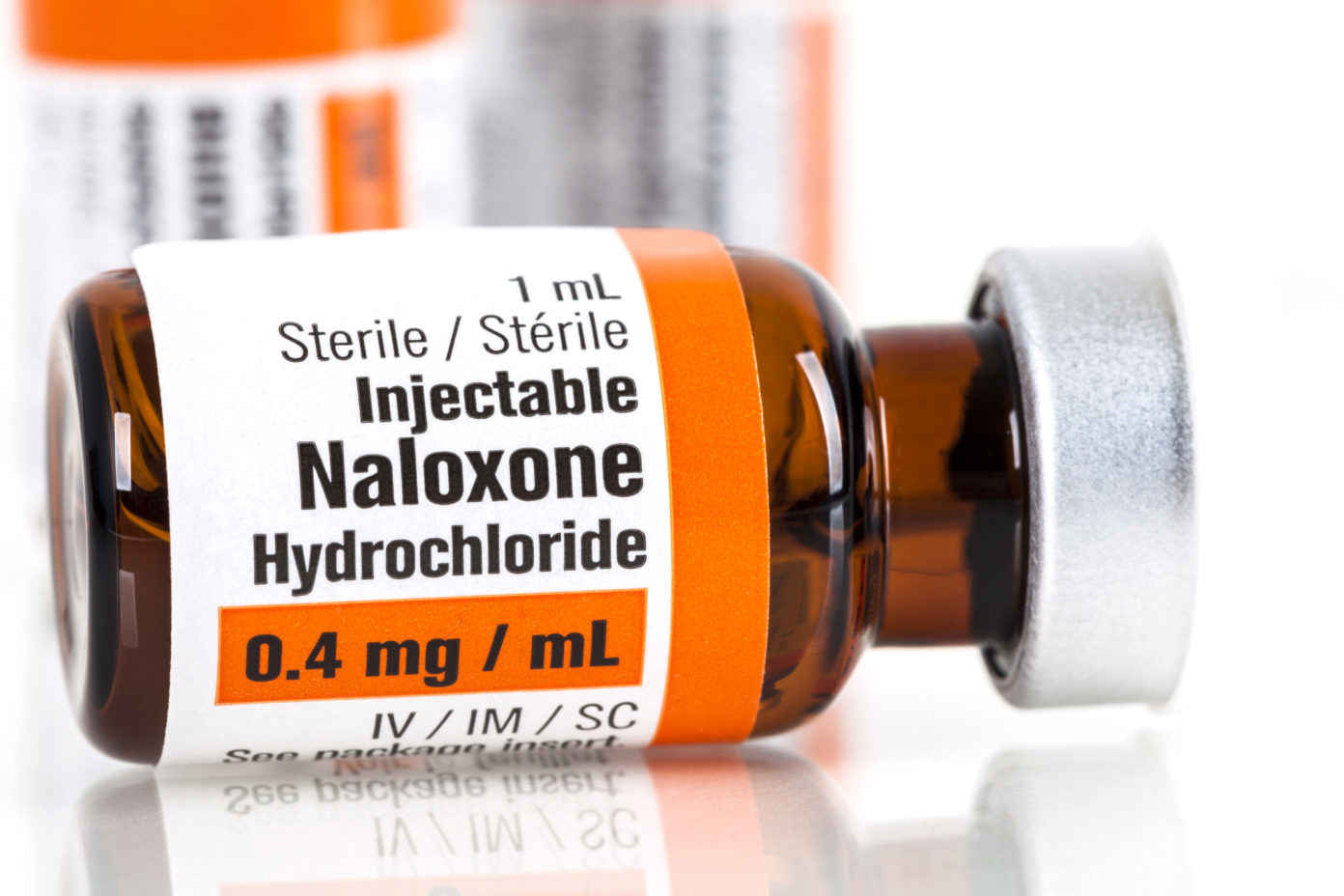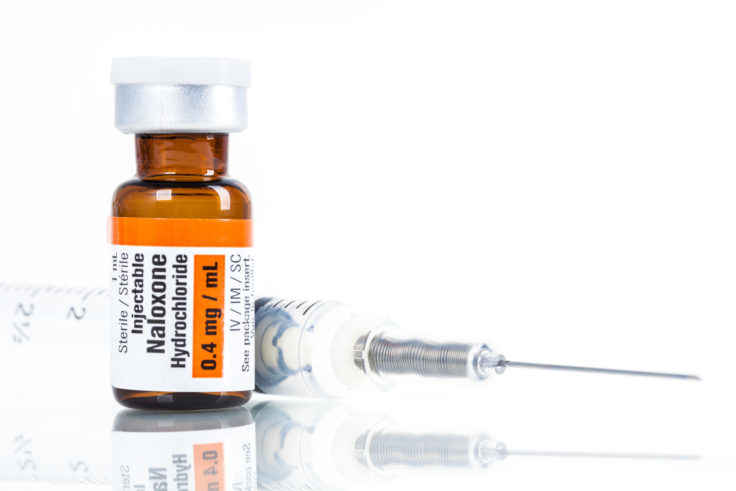Naloxone Access and Overdose Good Samaritan Law in Ohio
September 10, 2018
Overview
This resource explores how Ohio’s naloxone access and Good Samaritan laws differ from those in most other states, and in ways that may make them less easy to communicate and possibly less effective.

The majority of overdose deaths each year in the United States involve opioids such as heroin, prescription painkillers, and, increasingly, illicitly manufactured fentanyl. The epidemic has been more pronounced in Ohio than in many other states. In 2017, over 5,100 Ohioans died of overdose – an increase of approximately 700 from 2016. The latest available data, from January 2018, show that the number of overdose deaths in the state increased by 9.3 percent from the same period the previous year, compared to 6.6 percent for the country as a whole..
Many of these deaths are preventable with the timely administration of the overdose reversal drug naloxone and the provision of related emergency care. Unfortunately, in many cases overdose bystanders do not have ready access to naloxone and either do not call for assistance or delay doing so because they are afraid that summoning emergency responders will put them at risk of arrest and prosecution.
Ohio, like most other states, has moved to address these problems by passing legislation that both makes it easier for people at risk of opioid overdose as well as those close to them to access naloxone and encourages people who witness an overdose to summon emergency assistance.
This resource explores how Ohio’s naloxone access and Good Samaritan laws differ from those in most other states, and in ways that may make them less easy to communicate and possibly less effective.



